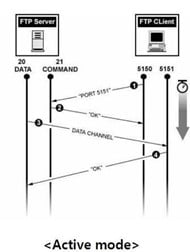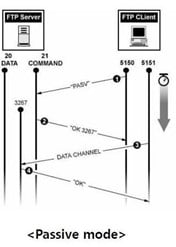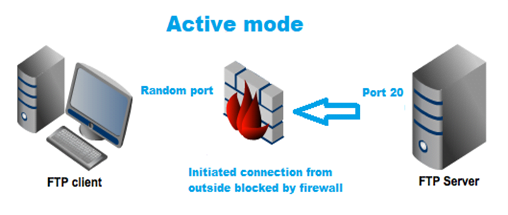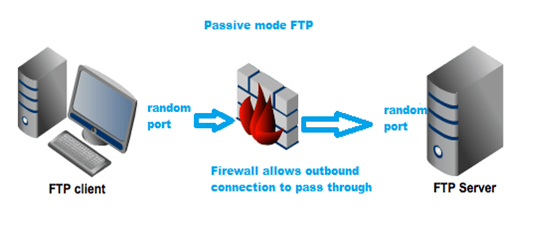What Do We Understand File Transfer Protocol and How Does it Work?
What is FTP?
File transfer protocol is used to transfer the files between two systems over a TCP/IP network, it uses port numbers 20 & 21, the users that have been granted access to transfer or receive the files in the File transfer protocol server. Using an FTP client we also can download, upload, delete, move, rename and copy that file on a server. Basically when you are sending your file through FTP then your files mainly perform upload or download from the FTP server. When you are uploading the files then you are transferring the files to the server from your PC.
How Does File Protocol Work?
FTP is a client-server protocol and it relies on two communication channels between the client and the server.
- Control connection: – Control connection is used for sending control information like user identification, password, commands to change the remote directory, commands to retrieve and store files, etc.it remains active throughout the session and uses TCP port number 21.
- Data connection: – Data connection is used for sending the actual files, and uses port number 20 and also used for downloading files from other servers.
Active Mode
In the active mode, the client initiates a control connection (PORT) to the server (port 21) using a random port number and the server initiates a data connection to the client’s random port number, then for transferring the actual data server initiates the data connection using port number 20 to the client, then the client acknowledges the server, both are ready to communicate or transfer the data.

Passive Mode
In passive mode the client initiates the control connection (PASV) using any random port number to the server (port no. 21), the server acknowledges back with his random port number on which the request for data connection will be sent by the client on the same port number for actual data transfer.

What Is The Difference Between Active & Passive Mode?
The Basic difference between active mode and passive mode is that in the active mode the control connection request is sent by the client and the data connection request by the server, which usually doesn’t pass between the firewall’s default behavior because the firewall doesn’t allow the initiated request from the outside interface or zone.

In Passive mode, the control connection request and data connection request both are generated by the client (inside interface or zone) which passes the firewall’s default behavior.

Are you looking for IT consulting and professional services that will help you meet your Information Technology goals for your small – medium – large scale organization? Then you are at the right place.
Zindagi Technologies is an IT consultancy and professional services organization based out of New Delhi, India. We’re experts in large-scale data center design and deployment, service provider network design, information security, blockchain, IoT, Smart Cities, and Private/Public/Hybrid cloud solutions. Each one of us has years of experience in large-scale network design, deployment, and automation. You can reach out to us on +91- 9773973971 or drop us a mail to get in touch with us.
Author
Sameer Vats
Associate Consultant
